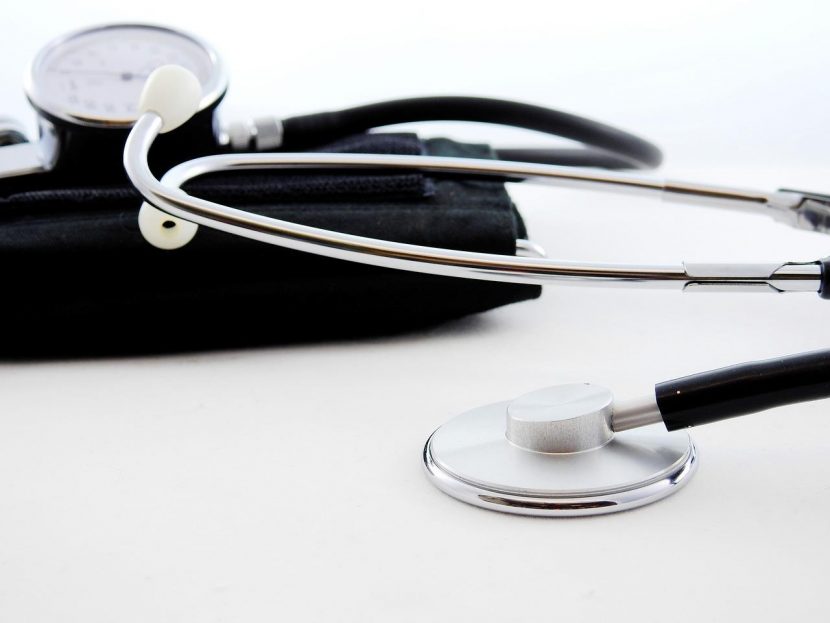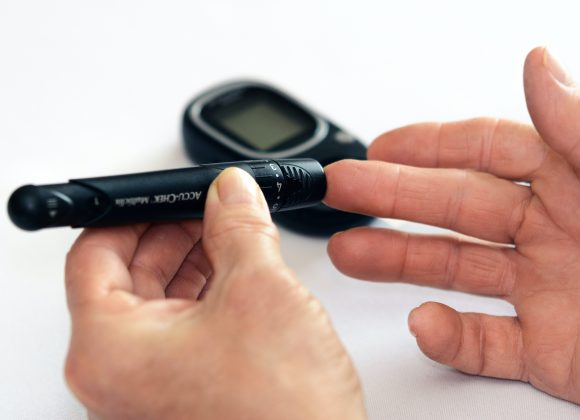People sometimes overlook low blood pressure. Most people believe that high blood pressure (hypertension) is far more concerning than low blood pressure (hypotension). However, both hypertension and hypotension can be fatal if not treated by a medical professional. How can we tell if we have low blood pressure?
This article will go over the symptoms of low blood pressure and how to avoid them.

What is low blood pressure?
Low blood pressure, also known as hypotension, is a condition in which our blood pressure is significantly lower than normal. It can occur as a standalone condition or as a symptom of a variety of other conditions. It may not cause symptoms, but if it does, medical attention may be required.
A blood pressure monitor is used to measure blood pressure. A blood pressure reading is represented by two numbers. The first and more important of the two measures systolic pressure, or the pressure in the arteries when the heart beats and fills them with blood. The second number represents diastolic pressure, or the pressure in the arteries between heartbeats.
Blood pressure should be less than 120/80 (systolic/diastolic). Low blood pressure without symptoms is usually not a cause for concern in healthy people and does not require treatment. Low blood pressure, on the other hand, can be a sign of an underlying problem, particularly in the elderly, where it can result in insufficient blood flow to the heart, brain, and other vital organs.
Low blood pressure without symptoms is almost never dangerous. However, health issues may arise if blood suddenly does not flow well into the brain, resulting in the brain losing a lot of blood. This could cause dizziness or lightheadedness.
Sudden drops in blood pressure are most common in people who are rising from a lying or sitting position to standing. Postural hypotension or orthostatic hypotension is the medical term for this type of low blood pressure. Another cause of low blood pressure is standing for an extended period of time. This is referred to as neurally mediated hypotension.
Low blood pressure signs and symptoms
The most common low blood pressure symptoms occur when your brain does not receive adequate blood flow. These are some examples:
- Dizziness or feeling lightheaded.
- Fainting or passing out (syncope).
- Nausea or vomiting.
- Blurred or distorted vision.
- Fast, shallow breathing.
- Fatigue or weakness.
- Feeling tired, sluggish or lethargic.
- Confusion or trouble concentrating.
- Agitation or other unusual changes in behavior (a person not acting like themselves).
How to avoid low blood pressure
Even though low blood pressure without symptoms is not cause for concern, nearly 5% of people over the age of 50 and 30% of people over the age of 70 have low blood pressure when they stand up too quickly (orthostatic hypotension). This can be cured by determining the cause of the low blood pressure. If certain medications cause low blood pressure, the doctor can adjust the dosage or discontinue the medication completely.
It is also critical to understand normal blood pressure by age. This allows us to predict if the blood pressure suddenly drops. If low blood pressure is interfering with daily activities, it is best to consult a doctor or medical professionals so that low blood pressure can be treated with prescribed medications or by changing diets.





